Funding Programs by Topic
Funding Programs by Topic
Find funding that may be used to address substance use disorders (SUDs) and related issues, by the issues the program targets:
-
 All types of abuse, neglect, and other potentially traumatic experiences that occur to people under the age of 18. ACEs have been linked to risky health behaviors, chronic health conditions, low life potential, and early death.
All types of abuse, neglect, and other potentially traumatic experiences that occur to people under the age of 18. ACEs have been linked to risky health behaviors, chronic health conditions, low life potential, and early death. -
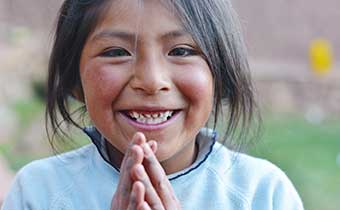 Indigenous populations of the United States.
Indigenous populations of the United States. -
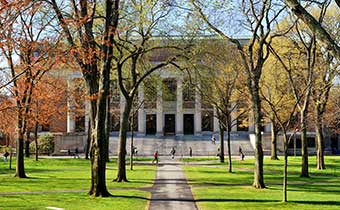 Community and 4-year colleges, universities, vocational and trade schools, and other institutions that provide an education beyond high school.
Community and 4-year colleges, universities, vocational and trade schools, and other institutions that provide an education beyond high school. -
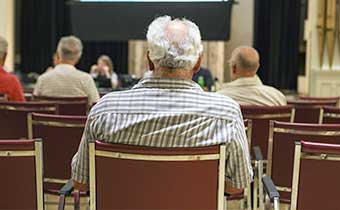 Efforts by local people working together to understand and improve the conditions of their community.
Efforts by local people working together to understand and improve the conditions of their community. -
 Programs administered by agencies or courts to supervise offenders outside of jail or prison, including parole and probation.
Programs administered by agencies or courts to supervise offenders outside of jail or prison, including parole and probation. -
 Programs and interventions designed to reduce or eliminate crimes and the harms related to it.
Programs and interventions designed to reduce or eliminate crimes and the harms related to it. -
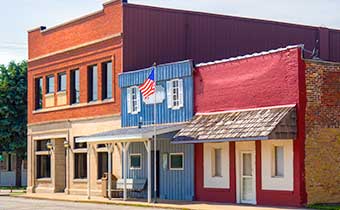 Efforts to improve the capacity of the economy related to labor, capital, land, and technology. Applies at any geographic level - local, regional, state, or national.
Efforts to improve the capacity of the economy related to labor, capital, land, and technology. Applies at any geographic level - local, regional, state, or national. -
 Formal instruction aimed at gaining a degree or credential, as well as other training that results in skills necessary for a productive life.
Formal instruction aimed at gaining a degree or credential, as well as other training that results in skills necessary for a productive life. -
 People 65 years old and older.
People 65 years old and older. -
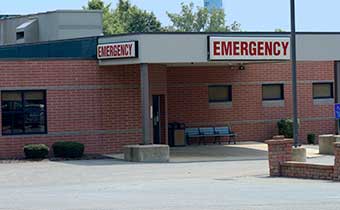 Provision of immediate medical care in a hospital setting.
Provision of immediate medical care in a hospital setting. -
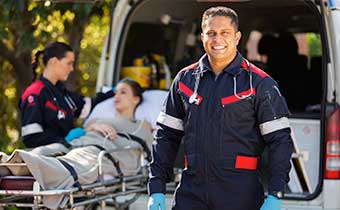 Immediate, pre-hospital healthcare provided to people suffering sudden illness or injury. Also, EMS systems and the services they provide.
Immediate, pre-hospital healthcare provided to people suffering sudden illness or injury. Also, EMS systems and the services they provide. -
 Activities that prepare an organization or community to address potential threats and other incidents that require emergency response, such as overdose.
Activities that prepare an organization or community to address potential threats and other incidents that require emergency response, such as overdose. -
 Being engaged in paid work or seeking paid work.
Being engaged in paid work or seeking paid work. -
 A temporary service provided by states for children who cannot live with their families. Includes arrangements living with relatives or with unrelated foster parents. Can also refer to placement in group homes, residential care facilities, emergency shelters, and supervised independent living.
A temporary service provided by states for children who cannot live with their families. Includes arrangements living with relatives or with unrelated foster parents. Can also refer to placement in group homes, residential care facilities, emergency shelters, and supervised independent living. -
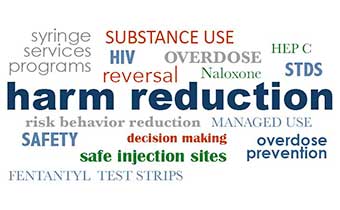 Methods designed to reduce the risk of harm associated with substance use disorder.
Methods designed to reduce the risk of harm associated with substance use disorder. -
 Approaches and activities that focus on promoting health and wellness and preventing disease.
Approaches and activities that focus on promoting health and wellness and preventing disease. -
 Teaching and training patients concerning their own health needs. Also includes training for family, friends, and community members related to health issues.
Teaching and training patients concerning their own health needs. Also includes training for family, friends, and community members related to health issues. -
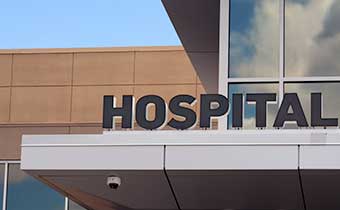 Institutions that provide healthcare, such as clinics and hospitals.
Institutions that provide healthcare, such as clinics and hospitals. -
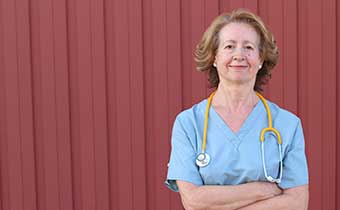 People trained to provide healthcare services and issues related to having an adequate, diverse, and well-prepared health workforce.
People trained to provide healthcare services and issues related to having an adequate, diverse, and well-prepared health workforce. -
 Buildings in which families and households live and issues related to the adequacy and affordability of housing, as well as the state of being without housing. Includes the homeless population.
Buildings in which families and households live and issues related to the adequacy and affordability of housing, as well as the state of being without housing. Includes the homeless population. -
 Illness caused by an infectious agent or its toxins through direct or indirect transmission from an infected individual or via an animal, vector, or the inanimate environment to a susceptible animal or human host.
Illness caused by an infectious agent or its toxins through direct or indirect transmission from an infected individual or via an animal, vector, or the inanimate environment to a susceptible animal or human host. -
 The basic facilities and services for the functioning of a community, including water and wastewater systems, buildings, power, communications, roads, and parks and trails.
The basic facilities and services for the functioning of a community, including water and wastewater systems, buildings, power, communications, roads, and parks and trails. -
 All aspects of law enforcement, including police officers, courts, prisons, and prisoner reentry.
All aspects of law enforcement, including police officers, courts, prisons, and prisoner reentry. -
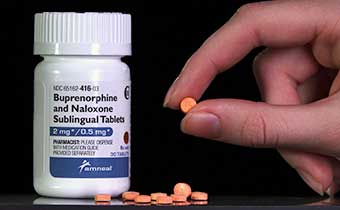 Treatment of opioid dependence using medication such as methadone, naltrexone, or buprenorphine.
Treatment of opioid dependence using medication such as methadone, naltrexone, or buprenorphine. -
 How a person thinks, feels, and acts when faced with life's situations. Includes emotional, psychological, and social well-being. Services related to addressing mental health conditions.
How a person thinks, feels, and acts when faced with life's situations. Includes emotional, psychological, and social well-being. Services related to addressing mental health conditions. -
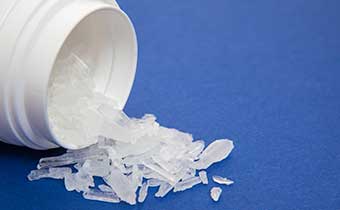 A powerful, highly addictive stimulant that affects the central nervous system
A powerful, highly addictive stimulant that affects the central nervous system -
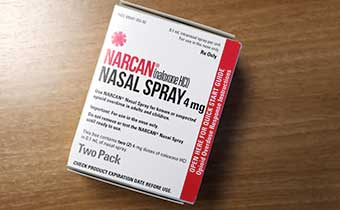 An opioid antagonist that is used to reverse opioid overdose and prevent overdose death.
An opioid antagonist that is used to reverse opioid overdose and prevent overdose death. -
 A class of drugs that includes heroin, synthetic opioids such as fentanyl, and prescription pain relievers such as oxycodone, hydrocodone, codeine, morphine, and others.
A class of drugs that includes heroin, synthetic opioids such as fentanyl, and prescription pain relievers such as oxycodone, hydrocodone, codeine, morphine, and others. -
 Interventions undertaken to help prevent an overdose due to ingesting a toxic amount of a drug or combination of drugs.
Interventions undertaken to help prevent an overdose due to ingesting a toxic amount of a drug or combination of drugs. -
 Efforts for easing the suffering and improving the quality of life of those experiencing pain, including the prescription of opioids. Includes issues such as alternatives to opioids, tracking opioid prescribing, and methods of prescribing that lessen risk of misuse, such as limiting the number of pills prescribed.
Efforts for easing the suffering and improving the quality of life of those experiencing pain, including the prescription of opioids. Includes issues such as alternatives to opioids, tracking opioid prescribing, and methods of prescribing that lessen risk of misuse, such as limiting the number of pills prescribed. -
 Groups consisting of parents or parent substitutes and children.
Groups consisting of parents or parent substitutes and children. -
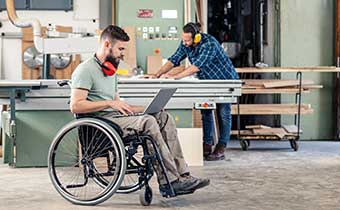 People with physical or mental disabilities that affect or limit their activities of daily living and that may require special accommodations.
People with physical or mental disabilities that affect or limit their activities of daily living and that may require special accommodations. -
 A plan or approach taken by the government that guides decision making and rules, with the intent of attaining an overall goal or result.
A plan or approach taken by the government that guides decision making and rules, with the intent of attaining an overall goal or result. -
 Efforts directed at preventing the use of harmful substances such as illicit drugs. May target the individual, a specific group, or a community.
Efforts directed at preventing the use of harmful substances such as illicit drugs. May target the individual, a specific group, or a community. -
 Recovery from substance use disorder and recovery supports that help individuals improve their lives in ways that will help them stay in recovery.
Recovery from substance use disorder and recovery supports that help individuals improve their lives in ways that will help them stay in recovery. -
 Payment and models for paying for the cost of work or services performed to the provider of services.
Payment and models for paying for the cost of work or services performed to the provider of services. -
 All public and private schools for preschool and kindergarten through grade 12. Schools can be a setting for prevention programs and interventions as well as for reaching out to parents and families of students. Basic education can also support students' future self-sufficiency.
All public and private schools for preschool and kindergarten through grade 12. Schools can be a setting for prevention programs and interventions as well as for reaching out to parents and families of students. Basic education can also support students' future self-sufficiency. -
 Programs and services that improve the well-being of individuals, families, and communities. Includes income supports, self-sufficiency programs, programs for seniors, child support enforcement, and similar programs.
Programs and services that improve the well-being of individuals, families, and communities. Includes income supports, self-sufficiency programs, programs for seniors, child support enforcement, and similar programs. -
 A disorder characterized by compulsive use of drugs or alcohol despite negative consequences and accompanied by long-lasting changes to the brain.
A disorder characterized by compulsive use of drugs or alcohol despite negative consequences and accompanied by long-lasting changes to the brain. -
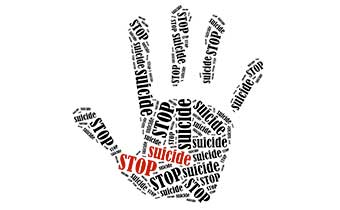 Suicide as an issue, as well as programs and interventions aimed at preventing suicide.
Suicide as an issue, as well as programs and interventions aimed at preventing suicide. -
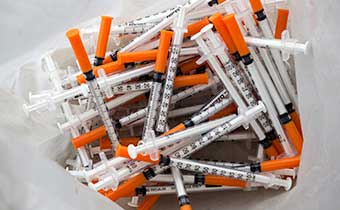 Program for exchanging sterile needles and syringes used for injections to reduce the transmission of infectious diseases.
Program for exchanging sterile needles and syringes used for injections to reduce the transmission of infectious diseases. -
 Use of technology to provide healthcare and related services at a distance.
Use of technology to provide healthcare and related services at a distance. -
 Methods of moving people from one place to another, for example to access needed health and human services and employment.
Methods of moving people from one place to another, for example to access needed health and human services and employment. -
 Assessment and care to help individuals dealing with substance use disorder stop using by addressing both physical and psychological components. May include medication, group and individual counseling, education about substance use disorders, life skills training, relapse prevention training, and more. Includes inpatient treatment, residential programs, and outpatient programs.
Assessment and care to help individuals dealing with substance use disorder stop using by addressing both physical and psychological components. May include medication, group and individual counseling, education about substance use disorders, life skills training, relapse prevention training, and more. Includes inpatient treatment, residential programs, and outpatient programs. -
 Current and former members of the U.S. armed services.
Current and former members of the U.S. armed services. -
 Any type of maltreatment, psychological, physical, sexual, or financial. Use of physical force or threat of force.
Any type of maltreatment, psychological, physical, sexual, or financial. Use of physical force or threat of force. -
 Adult females.
Adult females. -
 People between the ages of 16 and 24.
People between the ages of 16 and 24.
